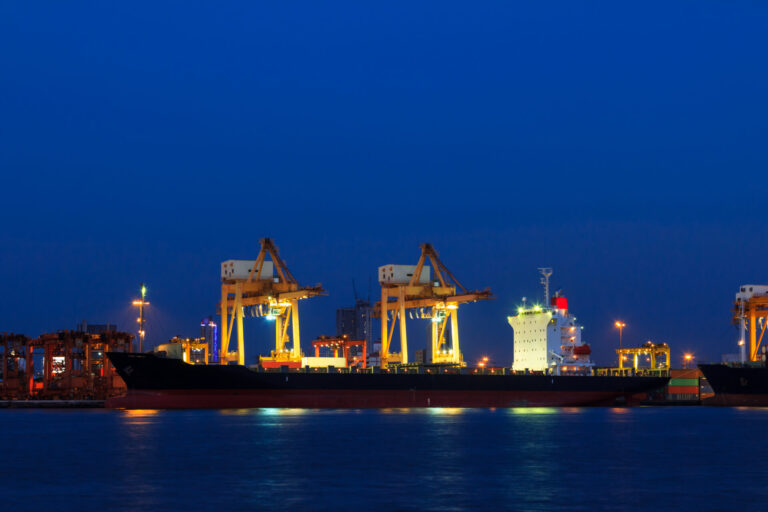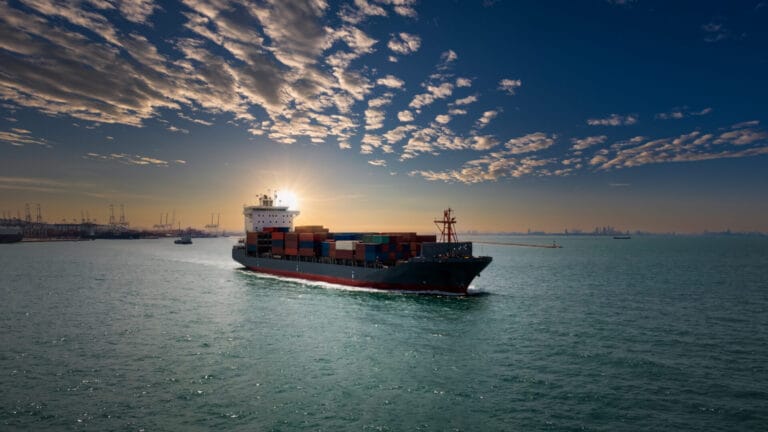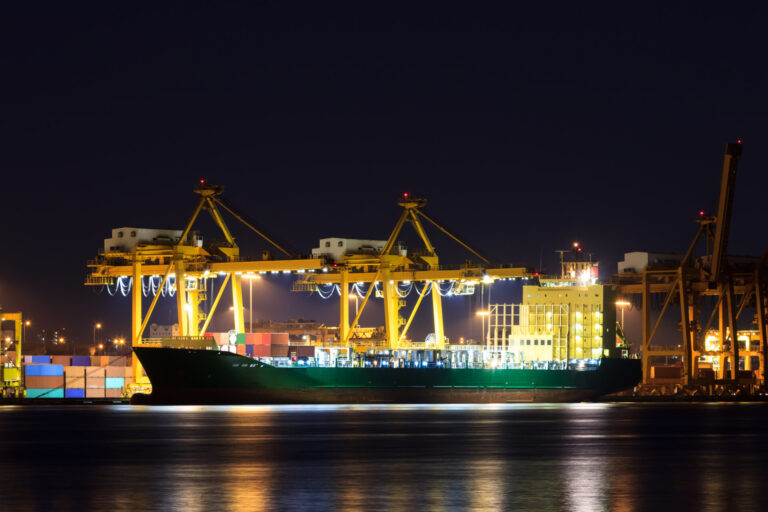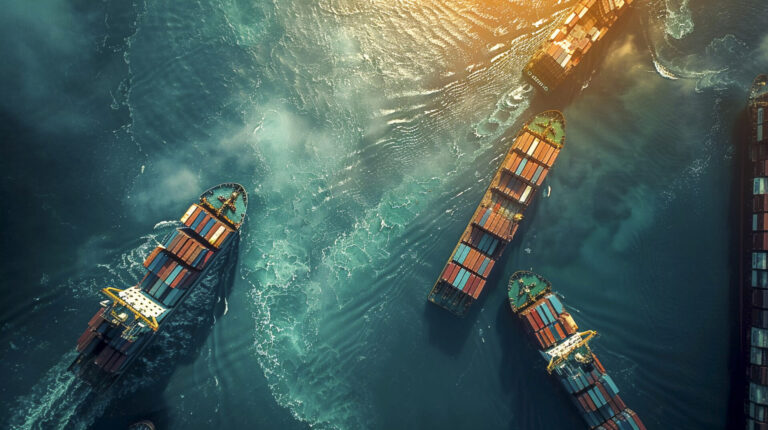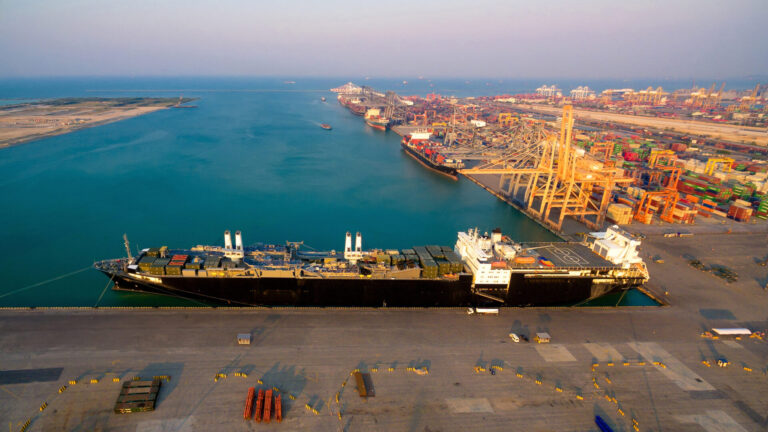What Is Ocean Freight Charges
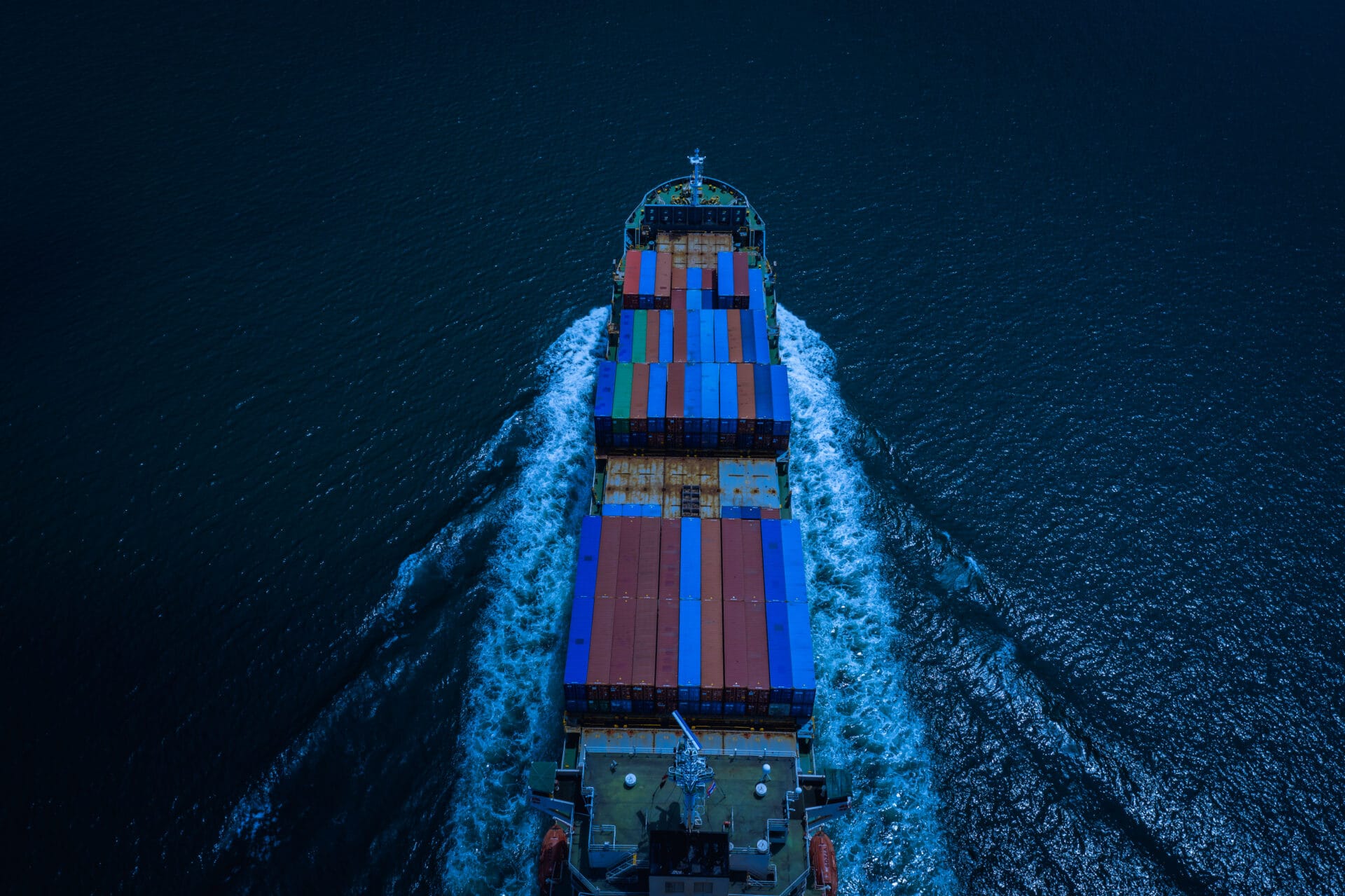
Ocean freight, sea freight, or maritime transportation is considered the backbone of global trade, as more than 80% of the goods, items, and materials are transported across oceans.
It is one of the most common methods of transporting bulk or large quantities of goods in shipments between continents, especially in international trade.
With greater shipping capacity, fewer restrictions in terms of cargo type, and cost-effectiveness, ocean freight is an economical alternative to other means of transportation, such as air freight.
Unfortunately, for many shippers, consignees, carriers, and even freight forwarders, ocean freight charges can often become an enigma. These charges can be intricate, with various factors influencing the final bill.
Many businesses turn to advanced ocean freight services to streamline shipment charges and other complexities by fusing logistics tech, fintech, and trade tech, effectively simplifying trading processes.
Hence, understanding the types of ocean freight charges is critical for businesses involved in import and export activities.
Whether you are an expert or a newcomer to the world of maritime trade, our article will assist you in understanding charges related to the ocean freight industry.
Types of ocean freight charges
All of the charges that are applicable to a regular ocean freight transit can be categorized into three main points of regulation. These are;
1. Before the main transit (at the origin of the goods)
2. Main transit (during the voyage)
3. Destination (or until the final goods are handed to the consignee)
Before the main transit
These charges include all the expenses involving the transportation of the goods, items, or materials to the port of origin, loading them for shipment, and clearing them for transit.
Drayage (or haulage): The charges of transporting goods, items, or materials from the warehouse or distribution center to the port terminal, often through the containers.
Fuel Surcharge: The charges imposed by the transportation companies to cover the fuel costs in overland transport.
Terminal Handling Charge (Origin): The charges applied to handle, store, and other related services for the shipment at the port of origin before it is loaded onto the shipping vessel.
Wharfage: The charges for using the space and facilities in the port’s wharf to load and unload shipments from the vessel.
Currency Adjustment Factor (CAF): The charges imposed by some shipping companies on trade lanes to cover unstable currency exchange rates.
Main transit
These charges include all the expenses by ocean freight vessels for the duration where the goods, items, or materials are in transit.
Basic Ocean Freight: The charges imposed by the shipping line for the transportation of goods, items, or materials from the origin port to the destination port.
Peak Season Surcharge (PSS): The charges imposed by shipping carriers and freight forwarders for transporting goods, items, or materials during peak seasons (holidays or seasonal events).
Emergency Risk Surcharge (ERS): The charges imposed by the shipping companies for transportation through dangerous regions involving the risks of hazards, violence, or piracy.
International Ship and Port Facility Security (ISPS): The charges are to enhance the securing and monitoring of vessels and port facilities.
Bunker Adjustment Factor (BAF): The charges imposed by the shipping companies to compensate for the fuel cost fluctuations.
Low Sulfur Surcharge: The charges for shipping companies that use a type of fuel that has a low sulfur content, allowing it to produce less carbon emissions.
Piracy Surcharge: The charges imposed by the shipping companies are compensation or insurance fees for protection against piracy and hijacking.
Suez Canal / Panama Canal Surcharge: The charges imposed upon the movement of shipping vessels through the Suez Canal / Panama Canal.
Marine Insurance: a premium paid to insure the shipment against any loss or damage.
Destination
These charges include the expenses related to the clearing of the goods, items, or materials at the destination port.
Customs Clearance (import): The charges imposed by the customs authorities to secure customs clearance.
Warehousing: The charges for storing goods, items, or materials in a designated facility like a warehouse before they are distributed to the end consumers.
Demurrage and Detention: The penalty charges are applied to the cargo that exceeds the allotted loading and unloading time.
Drayage (Delivery): The charges for transporting the cargo to and from various destinations, such as container ships, storage lots, order fulfillment warehouses, and rail yards.
Terminal Handling Charge (destination): The charges for handling the shipment containers at the terminal.
Now that you understand the different types of ocean freight charges, it’s time to put that knowledge into action.
Whether you are looking to optimize shipping costs or support all the operational heavy lifting, at Galaxefi, we unite all trade stakeholders, enabling them to manage every aspect of cross-border trade seamlessly from start to finish on this single, frictionless platform.
Let us help you facilitate human needs by fulfilling goods globally through a one-stop platform that simplifies trading processes and enables end-to-end supply chain visibility.

